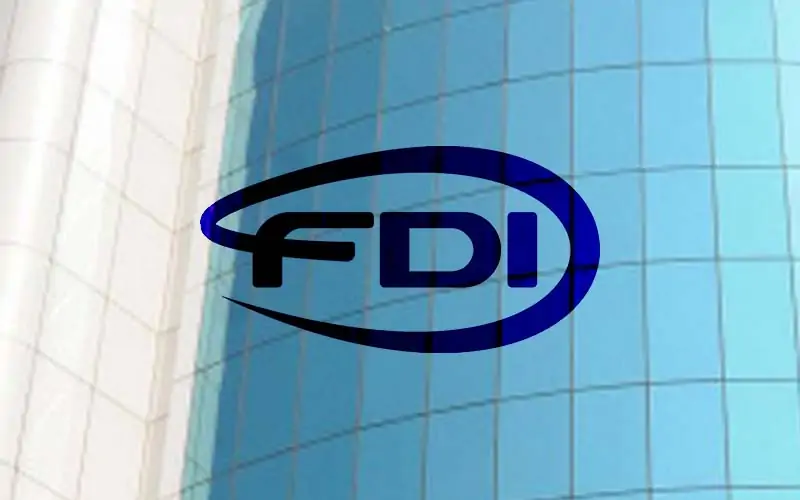Private Vs. Social Cost and Economic Vs. Accounting Cost.
Private Cost Vs. Social Cost:
Private cost:
Private cost are the those costs that are incurred by the individuals and firms who are directly involved in some economic activity.
When goods and services are produced, then certain direct and indirect costs are borne by the producing agents.
Examples of private costs are the factors payments made and expenditure on raw materials incurred by the producing agent concerned.
Also read | Foreign Investment Policy India 1948-1990.
Social costs:
The social costs are the costs incurred by the society as a whole. These are the private costs plus any costs borne by the rest of the society.
So social costs are higher than private costs when firms are able to escape some of the economic costs of production. Such a situation is called negative externalities.
For example, a firm releasing untreated waste into air imposes a cost on the society in the form of, say, breathing ailments or higher cleaning bills in respect of the third parties that is not reflected in the cost of the firm itself.
Also read | The Least Cost Combination of Factors Isoquants.
Similarly, noise pollution, water pollution etc. are examples of social costs. Private costs can be made equal to social costs by public regulation that requires the firm to install anti-pollution equipment.
Economic Cost Vs. Accounting Cost:
Economic cost:
In the economic analysis a firm’s costs of production are the sum of explicit and implicit costs.
Explicit cost are the outright direct cash payments made by the firm that arise from transactions between the firms and the other parties from which the firm purchases inputs/factors or services o factors.
Also read | Small Scale Industries ( SSI ) –Objectives & Characteristics.
These costs are normally recorded in accounting books of the firm and include wage bill, rent, raw material costs, interest on debt, insurance, electricity and so on.
On the other hand, implicit costs are those associated with the use of own resources of the firm which could also be used elsewhere and hence involves sacrifice of alternatives while in present use.
These are also referred as opportunity costs which are associated with the opportunities that are foregone by not putting the firm’s resources to their highest value use.
Also read | The rationale for economic reform.
By considering these opportunity costs into account, the economists concern about problem of scarce resources and their efficient allocation between various alternatives, is highlighted to improve upon the profitability of the firm.
Accounting cost:
Accounting cost is a narrow concept than economic cost. An accountant’s concern is always about the firm’s financial statements of its expenditures and receipts.
In order to estimate this accounting cost, he looks only at the costs which are measurable and comparable in quantitative terms, he does not consider the implicit or opportunity costs into account.
Also read | The determinants of Cost Function.
Therefore, accounting costs include actual expenses and depreciation expenses on the capital equipment.
The actual expenses are nothing but the explicit costs which include wages and salaries, costs of raw materials, interest, rent etc. which are directly paid by the firm to the other parties.
In case of depreciation of capital equipment the accountant is concerned about the explicit cost of buying and running the machinery as well as the cost associated with wear and tear — often according to the tax rules.




